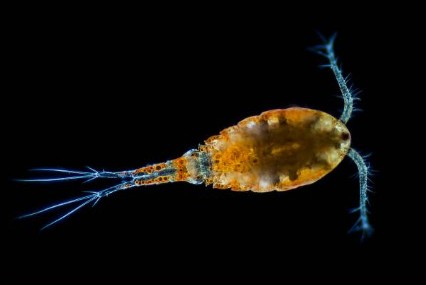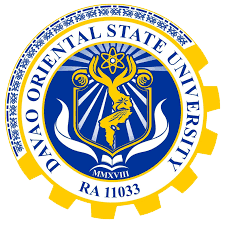Copepod distribution and diversity in the coastal areas of Ban-ao and Lambajon, Davao Oriental, Philippines: Environmental influences and conservation implications
DOI:
https://doi.org/10.59120/drj.v15iNo.2.185Keywords:
Copepods, correlation, decantation, diversity, physico-chemical parametersAbstract
Copepods are essential components of marine ecosystems, facilitating energy transfer within these complex systems. The study investigates copepod diversity and distribution in Ban-ao and Lambajon coastal areas in Baganga, Davao Oriental, highlighting the environmental factors influencing copepod populations. Four copepod families representing different orders were identified, with Harpacticoida, Calanoida, and Cyclopoida prevalent in both sites, while Misophrioida was exclusive to Lambajon. Physico-chemical parameters such as dissolved oxygen (DO), pH, salinity, sediment composition, water depth, and temperature were analyzed to understand their correlation with copepod density. The study reveals variations in copepod density and abundance between the sites, with Lambajon showing a higher total density (49 ind/cm³) compared to Ban-ao (35 ind/cm³). The Pearson correlation matrix illustrates complex relationships between copepod density and environmental parameters in each site. In Ban-ao, strong positive correlations were found between copepod density and DO (r = 0.65) and temperature (r = 0.36). In Lambajon, positive correlations existed between water depth and copepod density (r = 0.20). Both sites exhibit low copepod diversity overall, potentially due to anthropogenic pressures. These findings emphasize the need for further research to understand the interactions between environmental factors and copepod diversity, essential for effective conservation and management strategies in these coastal ecosystems.
Downloads
References
Anderson, T. R., Hessen, D. O., and Mayor, D. J. (2021). Is the growth of marine copepods limited by food quantity or quality?. Limnology
and Oceanography Letters, 6(3), 127-133.
Behbehani, M., Uddin, S., Habibi, N., Al-Sarawi, H. A., and Al-Enezi, Y. (2023). The Reproductive Capacities of the Calanoid Copepods
Parvocalanus crassirostis and Acartia pacifica under Different pH and Temperature Conditions. Animals, 13(13), 2160.
De Troch, M., Melgo-Ebarle, J. L., Angsinco-Jimenez, L., Gheerardyn, H., and Vincx, M. (2008). Diversity and habitat selectivity of
harpacticoid copepods from sea grass beds in Pujada Bay, the Philippines. Journal of the marine biological Association of the United
Kingdom, 88(3), 515-526.

Downloads
Published
Issue
Section
License
Copyright (c) 2024 Hanelen T. Pislan, Cirilo O. Ybañez

This work is licensed under a Creative Commons Attribution-NonCommercial 4.0 International License.
DRJ is an open-access journal and the article's license is CC-BY-NC. This license allows others to distribute, remix, tweak, and build on the author's work, as long as they give credit to the original work. Authors retain the copyright and grant the journal/publisher non-exclusive publishing rights with the work simultaneously licensed under a https://creativecommons.org/licenses/by-nc/4.0/.





